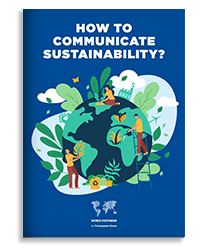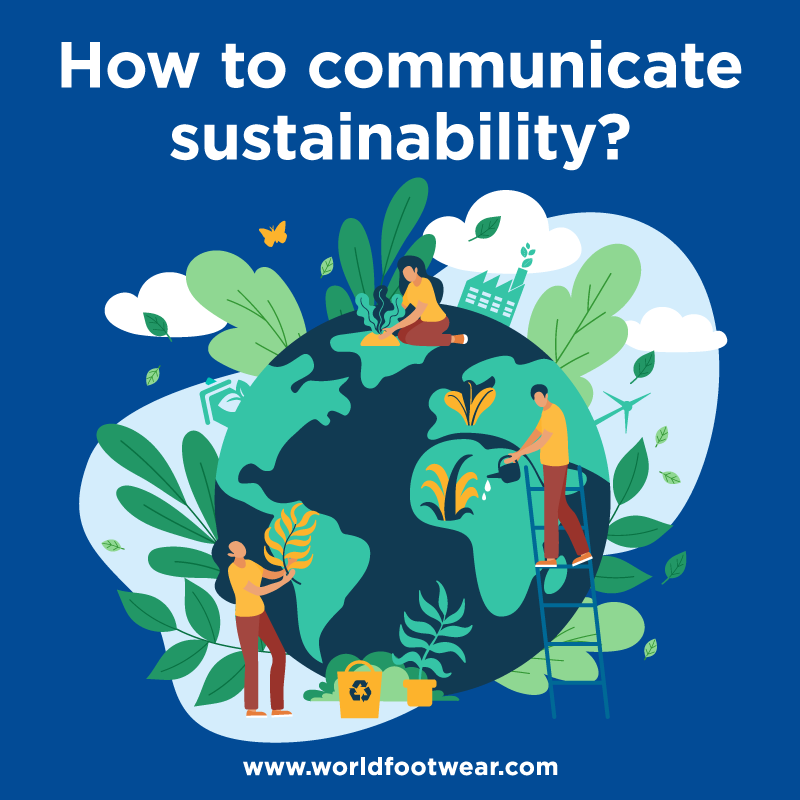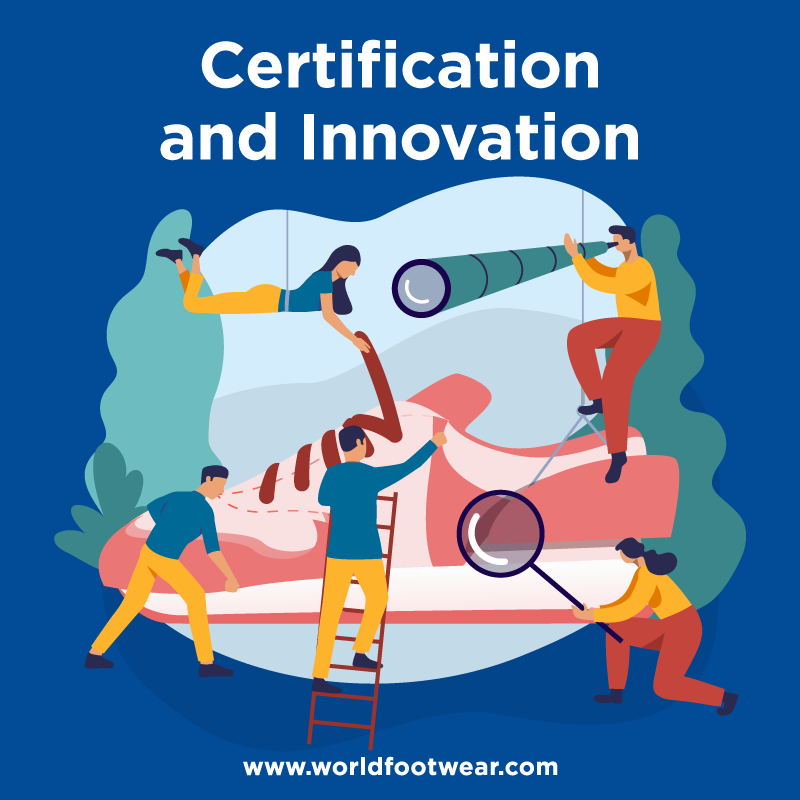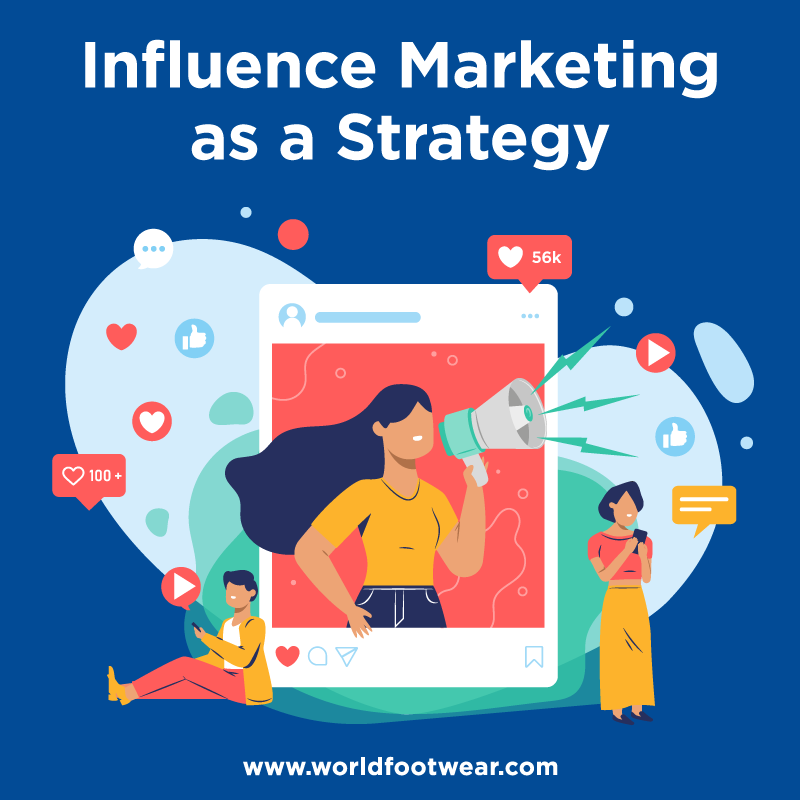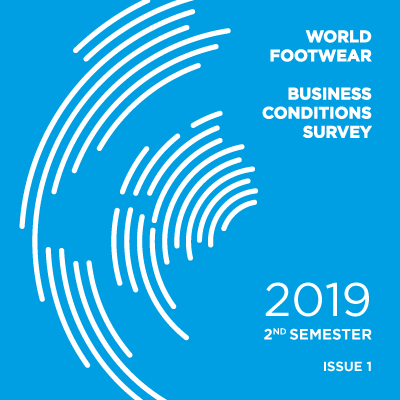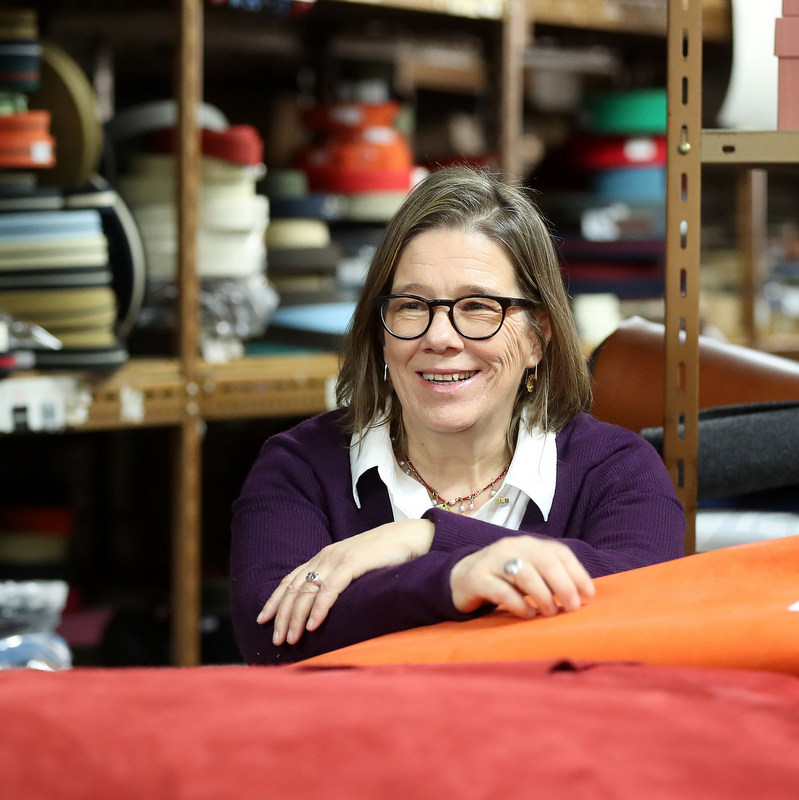Register to continue reading for free
Future perspectives on sustainability: transparency and traceability
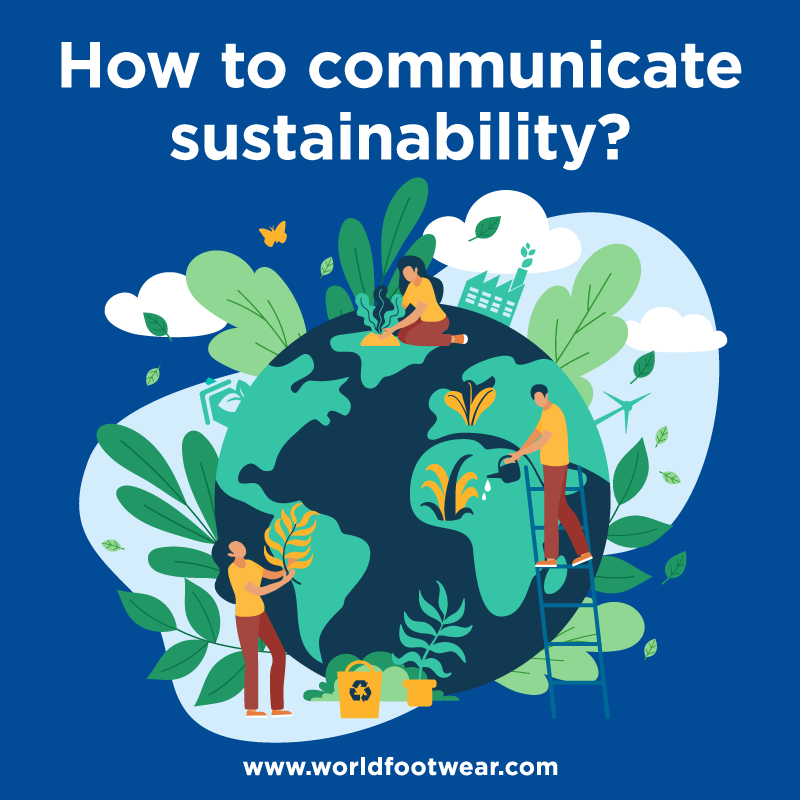
The fashion world has changed and in recent years clothing and footwear brands developed product lines and ranges drawing attention to the call for greater sustainability of materials or cleaner manufacturing processes. What is next on sustainability?
There has been an increasing popularity of the so-called more environmentally friendly products, either because they are made of organic cotton, or because the production of these items presents a reduction in water consumption or greenhouse gas emissions, and also because of the regular monitoring and auditing of the supplier to check working conditions and fair payment.
The young generation, known as Generation Z, which encompasses the future significant fashion consumers, is aware and critical as to the genuineness of the concerns of the brands they buy and wear and they do not accept a simple eco-label or a green designation without scrutinizing its origin and foundation. It is a conscious and demanding generation that does not let itself be defrauded.
This approach of deepening and critical curiosity about the products consumed is linked to the movement created by the organization Fashion Revolution. Throughout the fashion industry, the question Who made my clothes? cuts across all dimensions of clothing and footwear companies and covers products from more or less well-known brands. Among the various objectives of the Fashion Revolution movement, encouraging all consumers to question brands about the origin and composition of the product, has been one of the actions that have had the most significant impact on the fashion paradigm.
This issue is also fully applicable to the demand and interest of consumers as to the shoes they wear. Nowadays, a brand must be able to respond quickly and in detail to the end customer on numerous aspects related to the social, environmental and economic sustainability about the product.
Questions about what materials are incorporated into shoes, whether the leather is made from animals that have had the right conditions of well-being, if the manufacturing processes respect the environment, if the company complies with ethical principles of respect for human rights, women and children and workers have access to fair pay and safe working conditions, are just some of the questions raised by consumers of the generation that has new purchasing patterns. Consumers want to know the entire value chain, understand what material it is made of accurately, where was it made, who produced it and under what conditions and if you have been paid justly to do so.
With the fashion industry focused in incorporating the principles of the circular economy, recycled and more sustainable raw materials, brands have to ensure that the data they provide on the materials included in a given product exactly match what has been used. Despite the existence of numerous certifications and labelling applicable to materials, the end consumer, with increasing access to sources of information and rigorous material tracking technology, can easily reach conclusions about the integrity of the content of a label. A fraudulent and inconsistent communication related to the environmental sustainability content of a product can call into question the entire history of a fashion brand.
As a result of the work carried out by various organizations that defend work, the production of the fashion industry under ethical and safety conditions, with a guarantee of fair remuneration and that promotes and combats poverty, brands must control where their products are manufactured, along the entire supply chain: manufacturer, subcontractors and suppliers. In the current circumstances and patterns of choosing a demanding and informed consumer, an accident like the one at Rana Plaza could destroy a brand that does not track and holistically monitor all of its production.
The transparency of brands as perceived by the consumer is a way of guaranteeing and demonstrating that they work with suppliers, throughout the entire value chain which are genuinely interested in ensuring that the information they transmit to the customer on the final label translates the truth about the origin and composition of the products they sell.
Brands that have better understood the importance of this communication and enlightening response to the end consumer have won prominence in the Transparency Reports. The commitment to improve the protection and preservation of ecosystems and natural resources, the respect and safety of the people who produced the articles, the traceability and the degree of transparency in the communication of this effort is evident in the media and social networks of the brands and large retail groups. There is no doubt that traceability and transparency are the way to go towards sustainability.
Brands that have better understood the importance of this communication and enlightening response to the end consumer have won prominence in the Transparency Reports. The commitment to improve the protection and preservation of ecosystems and natural resources, the respect and safety of the people who produced the articles, the traceability and the degree of transparency in the communication of this effort is evident in the media and social networks of the brands and large retail groups. There is no doubt that traceability and transparency are the way to go towards sustainability.
Upstream, from the supply of materials, manufacturing and distribution, the supply chain has a crucial role in communicating the origin of the product and must follow and correspond to the demand and rigour of customers and brands, accepting the challenges of transparency about their production practices and activities. Ensuring the truth of its commitment to the pursuit of these objectives, the fashion and footwear industry in particular, which has always been a pioneer, bold and irreverent, is undoubtedly at the level of responding differently and effectively to the next challenge of sustainability.
Table of Contents
1. Introduction2. Sustainable Development - Movements and Organisations
3. How to Communicate Sustainability
4. Main Environmental Labels Applied to the Textile and Footwear Sectors
5. Sustainability Tools
6. Future Perspectives - Transparency and Traceability


